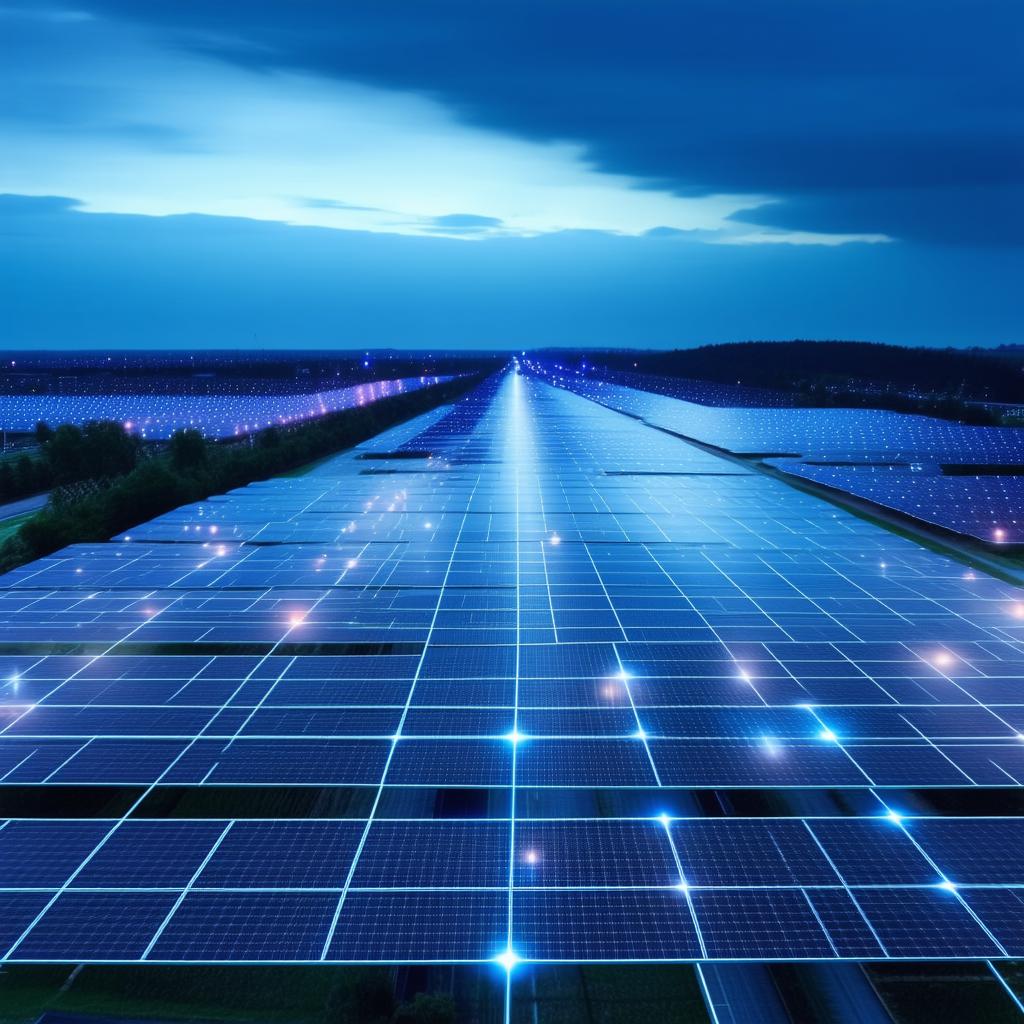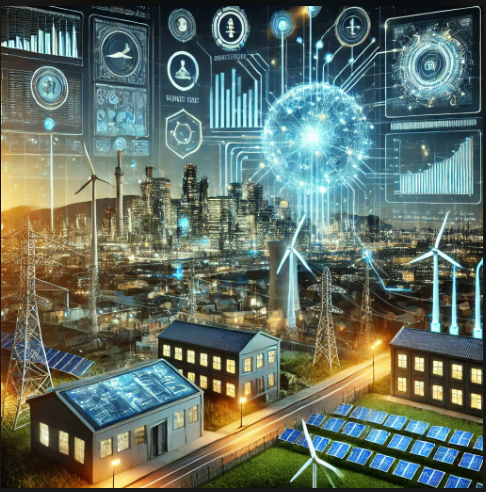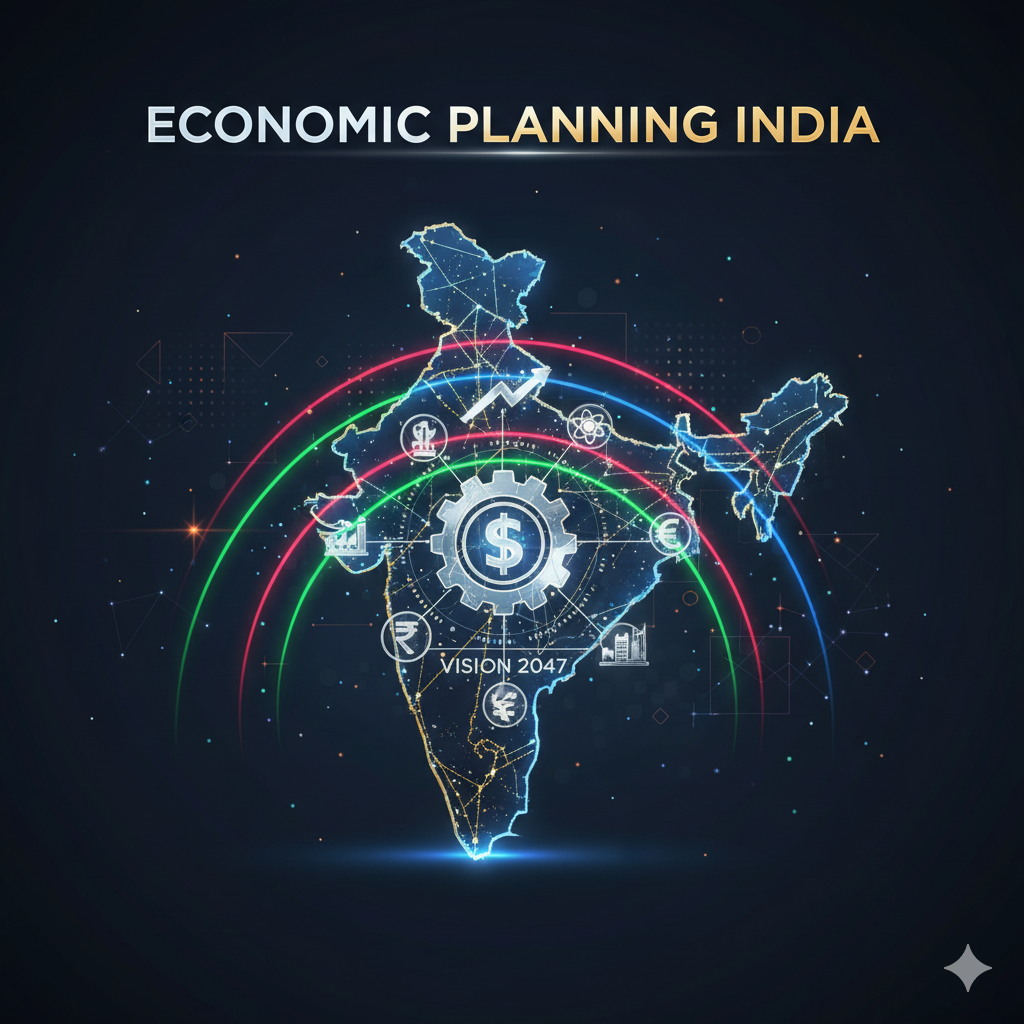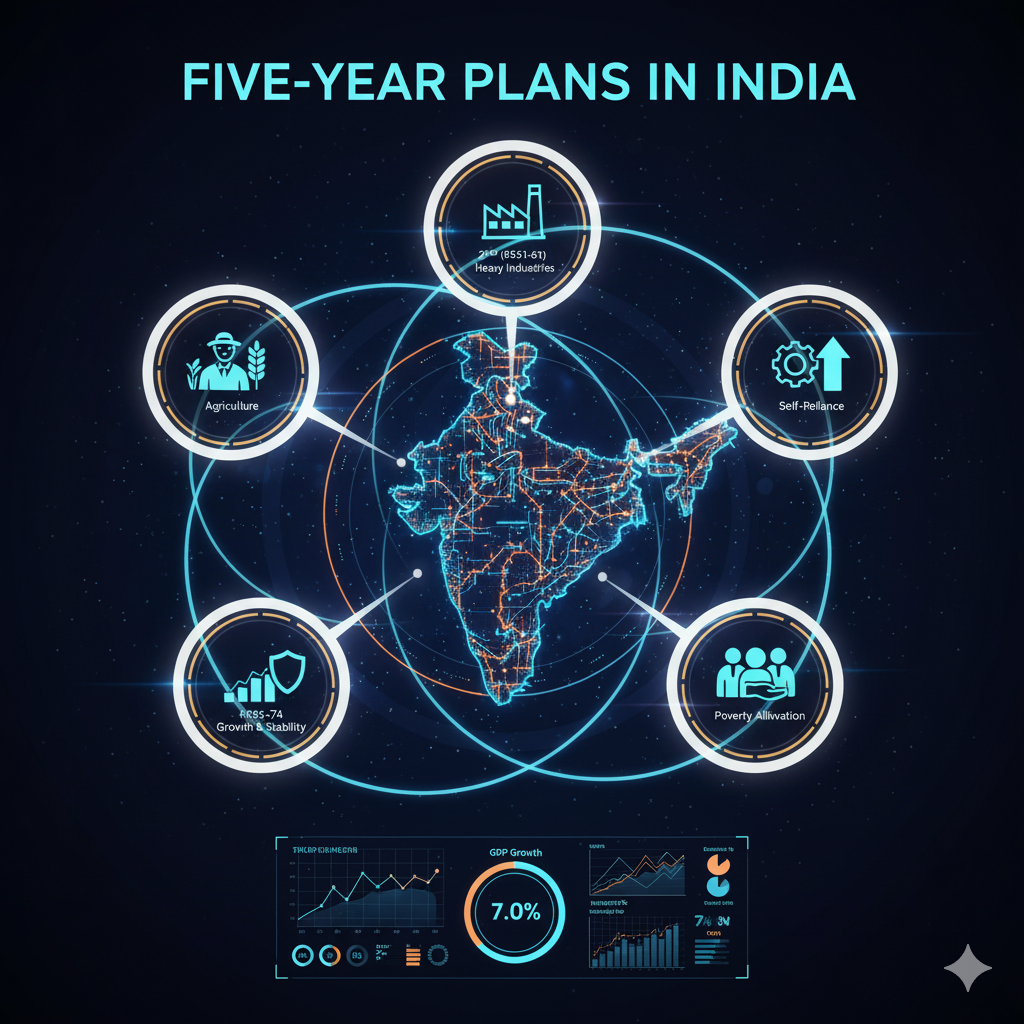Introduction
The increasing global demand for electricity has necessitated the development of advanced energy distribution systems. Traditional power grids, while effective in their time, struggle to meet the challenges of modern energy needs, including sustainability, efficiency, and integration of renewable energy sources. This is where smart grids come into play. A smart grid is an advanced electrical network that leverages digital communication technology, automation, and real-time data analytics to enhance energy efficiency, reliability, and sustainability.
This article explores the concept of smart grids, their advantages, key components, role in energy efficiency, challenges, and future potential.
What is a Smart Grid?
A smart grid is a modernized electricity delivery system that integrates various digital and automation technologies to monitor and optimize the flow of electricity. Unlike traditional power grids, which rely on one-way electricity distribution from power plants to consumers, smart grids utilize two-way communication between utility providers and consumers. This allows for real-time monitoring, demand-response mechanisms, and better management of energy resources.
Smart grids incorporate multiple elements, including smart meters, sensors, distributed energy resources (DERs), and intelligent control systems, to ensure a reliable and efficient energy supply.

Key Components of Smart Grids
- Smart Meters – Devices that provide real-time energy consumption data to both consumers and utility providers, allowing better monitoring and management of electricity use.
- Advanced Metering Infrastructure (AMI) – A system that enables two-way communication between smart meters and utility providers, ensuring real-time data collection and automated billing.
- Renewable Energy Integration – Smart grids facilitate the seamless integration of renewable energy sources like solar and wind power into the electricity network.
- Energy Storage Systems – Batteries and other storage solutions help balance energy demand and supply, ensuring a stable power distribution system.
- Demand Response Systems – Mechanisms that allow consumers to adjust their energy consumption based on supply conditions, reducing peak load pressure on the grid.
- Automated Control Systems – Artificial intelligence (AI) and machine learning (ML) technologies that enhance grid operations by detecting and responding to faults in real time.
Role of Smart Grids in Energy Efficiency
Smart grids play a crucial role in enhancing energy efficiency in several ways:
1. Optimized Energy Distribution
Traditional grids often suffer from power losses due to inefficient transmission and distribution. Smart grids use real-time monitoring to detect energy losses and optimize electricity distribution, ensuring that power reaches consumers with minimal wastage.
2. Demand Response and Load Management
With demand response systems, smart grids encourage consumers to modify their electricity consumption based on real-time pricing and supply conditions. This reduces peak demand pressure, leading to a more balanced energy load and lower electricity costs.
3. Integration of Renewable Energy
One of the biggest challenges with renewable energy sources like solar and wind is their intermittent nature. Smart grids facilitate the seamless integration of these sources by using energy storage systems and predictive analytics to balance supply and demand efficiently.
4. Reduction in Power Outages
Automated monitoring and self-healing capabilities in smart grids help detect faults quickly and restore power in case of disruptions. This enhances the reliability of the electricity network, reducing downtime and economic losses.
5. Enhanced Consumer Participation
Smart grids empower consumers with real-time energy consumption data, enabling them to make informed decisions about their electricity use. By promoting energy-saving habits and incentivizing off-peak usage, smart grids contribute to overall energy efficiency.
Challenges in Implementing Smart Grids
Despite their numerous benefits, smart grids face several challenges in their implementation:
1. High Initial Investment Costs
The transition from traditional grids to smart grids requires significant financial investment in infrastructure, technology, and workforce training. Governments and utility providers must allocate substantial funds to make this shift.
2. Cybersecurity Risks
As smart grids rely on digital communication and automation, they are vulnerable to cyberattacks. Ensuring robust cybersecurity measures is crucial to protect the grid from potential threats.
3. Interoperability Issues
Different regions and utility providers use varied grid technologies, leading to interoperability challenges. Standardization of protocols and communication frameworks is necessary for seamless integration.
4. Public Awareness and Adoption
Consumers need to be educated about the benefits of smart grids and how they can contribute to energy efficiency. Public engagement and incentive programs can encourage participation and adoption.

Future of Smart Grids
The future of smart grids looks promising with ongoing technological advancements. Here are some key developments expected in the coming years:
- Artificial Intelligence and Machine Learning – AI-driven analytics will further enhance grid optimization by predicting energy demand and supply patterns with greater accuracy.
- Blockchain for Energy Trading – Decentralized energy trading using blockchain technology can enable peer-to-peer (P2P) electricity transactions, promoting local energy exchange and reducing transmission losses.
- 5G and IoT Integration – The use of 5G and the Internet of Things (IoT) will improve data collection, real-time monitoring, and automation in smart grids, making them even more efficient.
- Microgrids and Decentralized Energy Systems – The rise of microgrids will allow localized energy generation and distribution, reducing dependence on central power plants and enhancing resilience against blackouts.
- Green Hydrogen Integration – Smart grids may incorporate green hydrogen as a clean energy storage and distribution solution, further enhancing sustainability.
Conclusion
Smart grids represent the future of energy distribution by improving efficiency, integrating renewable energy, and enabling real-time monitoring and automation. While challenges exist in terms of investment, cybersecurity, and interoperability, technological advancements are paving the way for a more resilient and sustainable energy system. By embracing smart grids, societies can move towards a cleaner, more efficient, and cost-effective energy future.




